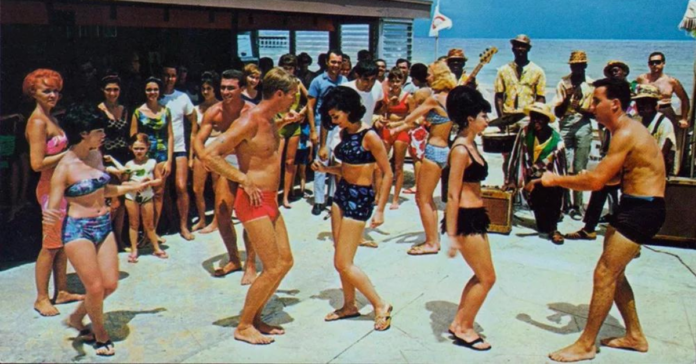If you look at beach photos from the 1970s, you might notice a remarkable trend: people were often lean and seemingly healthier. Compared to today, where the obesity rate has skyrocketed, it’s hard not to wonder what happened. One key factor? The massive shift in the food industry and dietary habits that occurred over the last five decades. Here’s a look at the major changes that have reshaped our diets—and our waistlines.

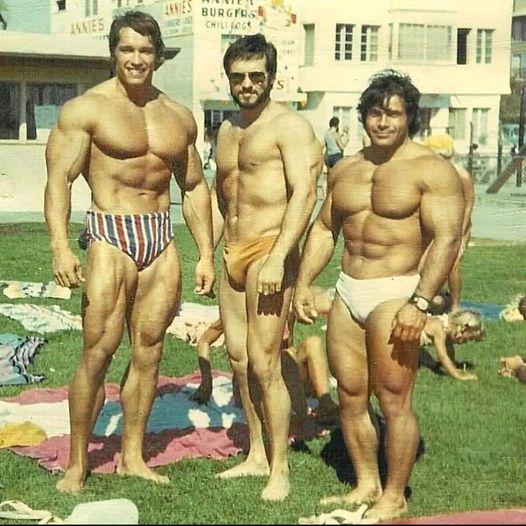

Home-Cooked Meals vs. Processed Convenience Foods.
- 1970s: Families cooked most meals at home using fresh, whole ingredients. Meals focused on vegetables, lean meats, and whole grains, with natural ingredients for flavor.
- Today: The rise of convenience foods, processed meals, and fast food has replaced many home-cooked meals. These foods are often calorie-dense, high in fats, sugars, and preservatives, contributing to weight gain and poor health.
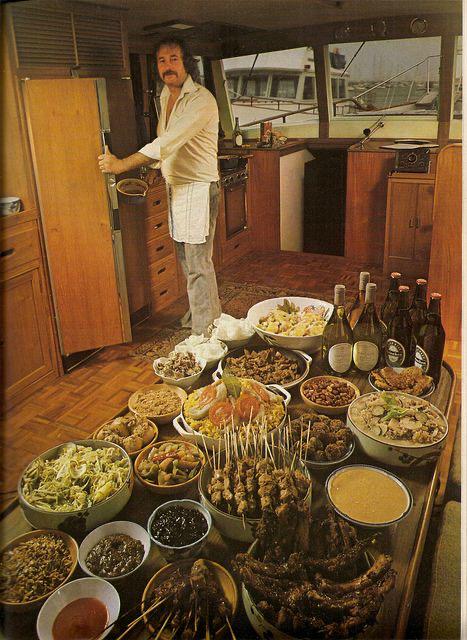


How now it is.
Smaller Portions and Fewer Calories.
- 1970s:Portion sizes were much smaller, and people naturally ate fewer calories. Even restaurant portions were more reasonable compared to today’s super-sized meals.
- Today:Over the years, portion sizes have increased dramatically. Fast food restaurants offer larger sizes, and sugary drinks have ballooned to 20- or even 32-ounce cups, leading to an excessive intake of calories.
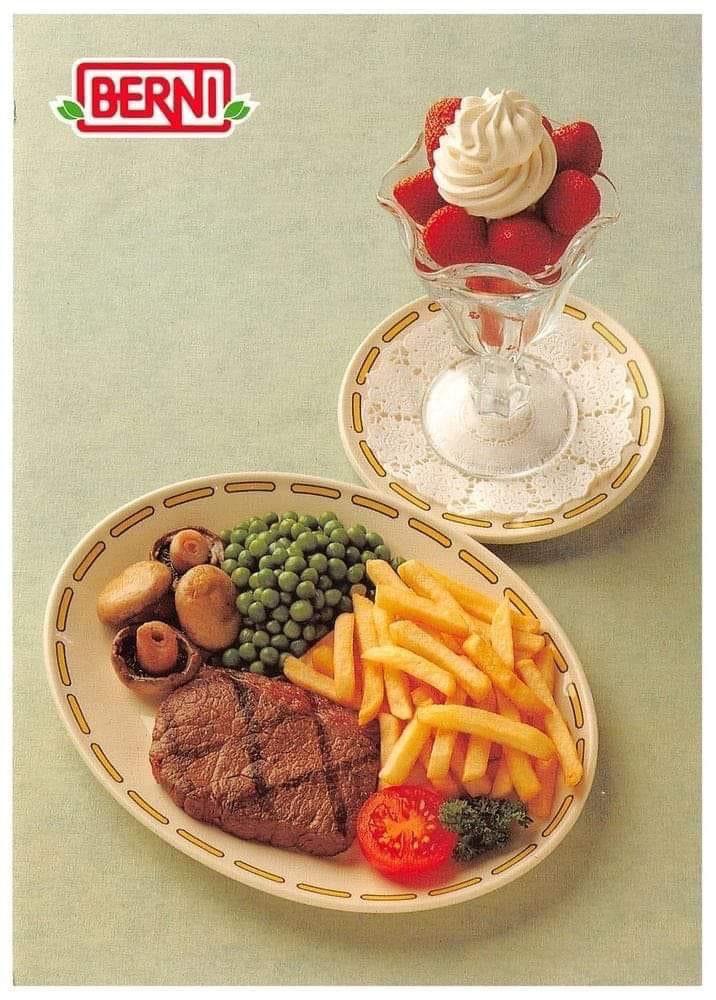
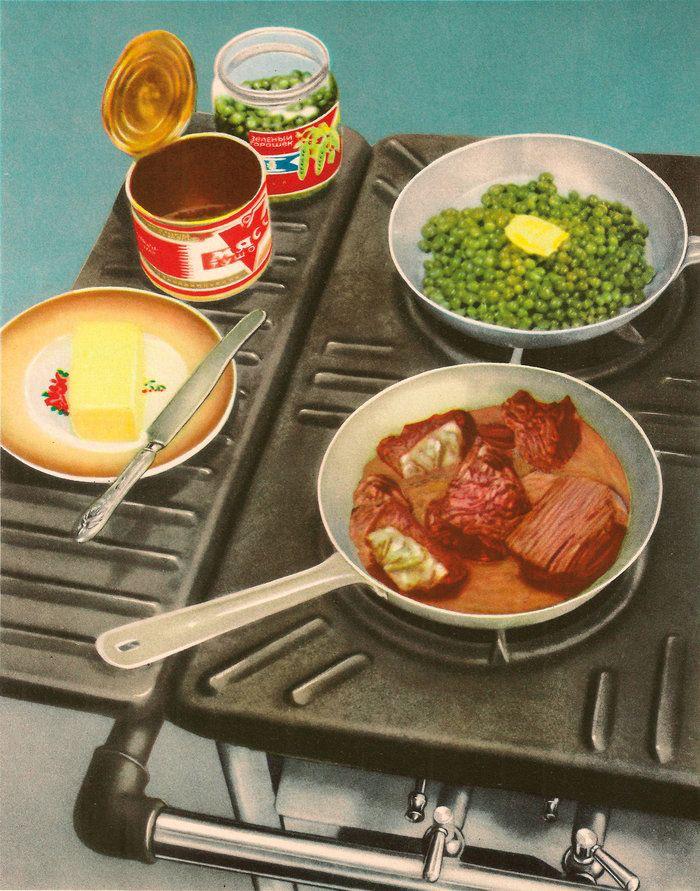
Sugar Consumption and the Rise of High-Fructose Corn Syrup.
- The 1970s: Sugar was consumed in moderation, mainly in desserts or occasional sodas. High-fructose corn syrup had not yet flooded the market.
- Today: High-fructose corn syrup and added sugars are found in nearly every processed food, from bread to sauces to beverages. These hidden sugars contribute to weight gain, diabetes, and other health problems.
Then

Now
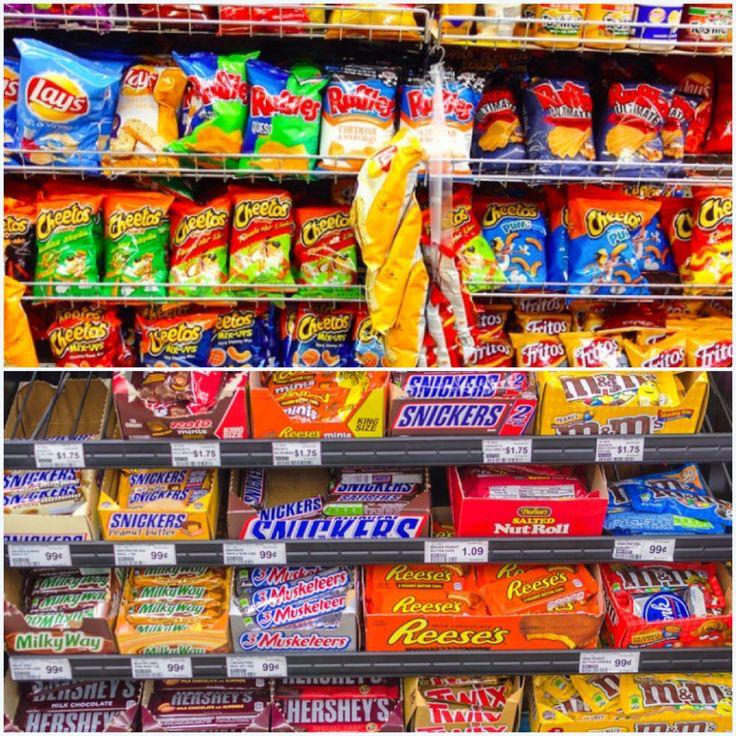
The Shift from Natural Fats to Processed Oils.
- 1970s: People used more natural fats like butter, olive oil, and lard, which are less likely to cause metabolic issues when consumed in moderation.
- Today:The food industry shifted to using cheaper, highly processed oils (like soybean and canola oil), which are inflammatory and linked to weight gain. Trans fats, found in many processed foods until recently, have also been linked to heart disease and obesity.
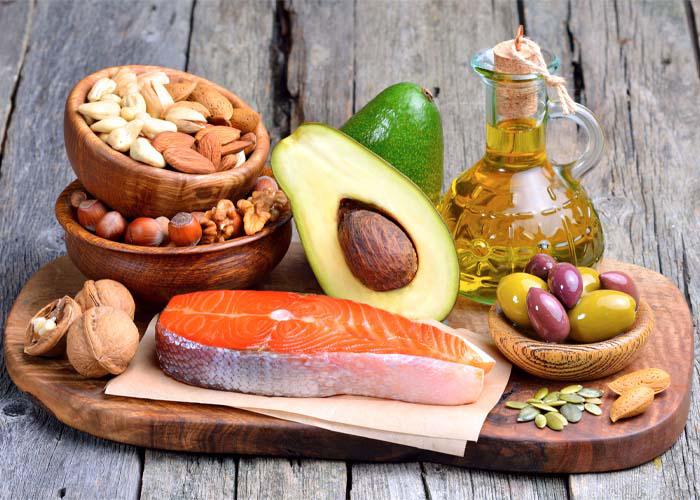
The Influence of Advertising and Marketing.
- The 1970s: Advertising for food was less pervasive, with fewer processed food options targeted at children.
- Today: The food industry heavily markets sugary cereals, snack foods, and fast foods to children and adults alike, using enticing visuals and endorsements. This marketing has normalized high-calorie, nutrient-poor snacks in daily life.
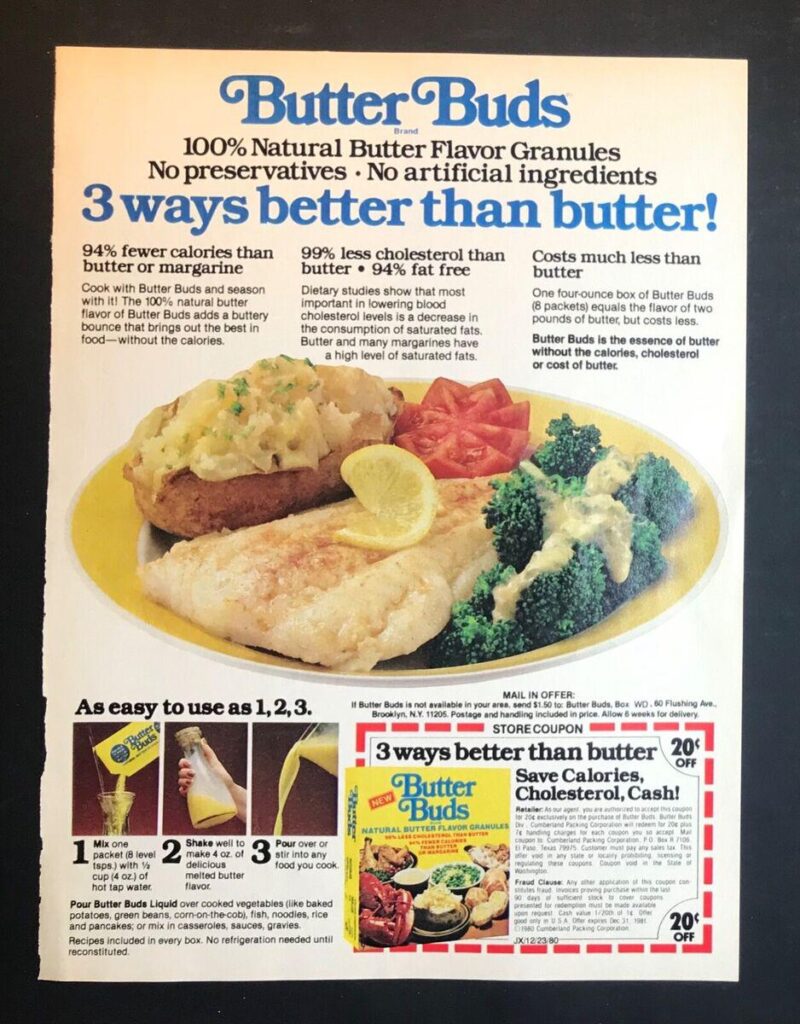
Snacking Culture: From Occasional Treat to Daily Habit.
- 1970s:Snacking wasn’t as prevalent, and most people ate three main meals per day without frequent between-meal snacks.
- Today:Snacking has become routine, and many people consume calorie-dense snacks high in sugar and fat multiple times a day. This “grazing” lifestyle has added hundreds of extra calories to the daily diet.
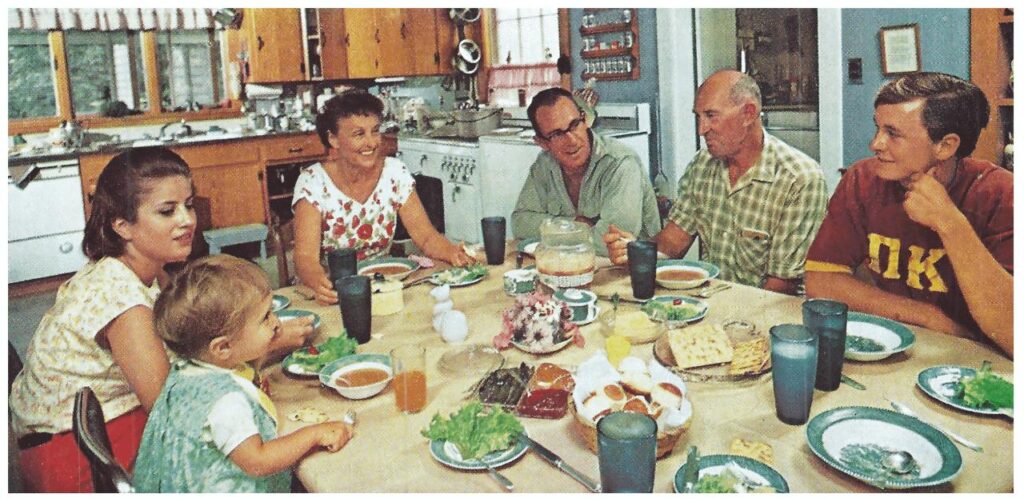
Fast Food Explosion and the ‘Convenience’ Culture.
- 1970s: Fast food was a rare treat, not a regular part of daily life. Dining out was less common and reserved for special occasions.
- Today: Fast food is accessible on nearly every corner, with drive-throughs and delivery making it easier to consume unhealthy meals regularly. Fast foods are designed to be highly palatable, and high in fat, sugar, and salt, making them addictive and over-consumed.
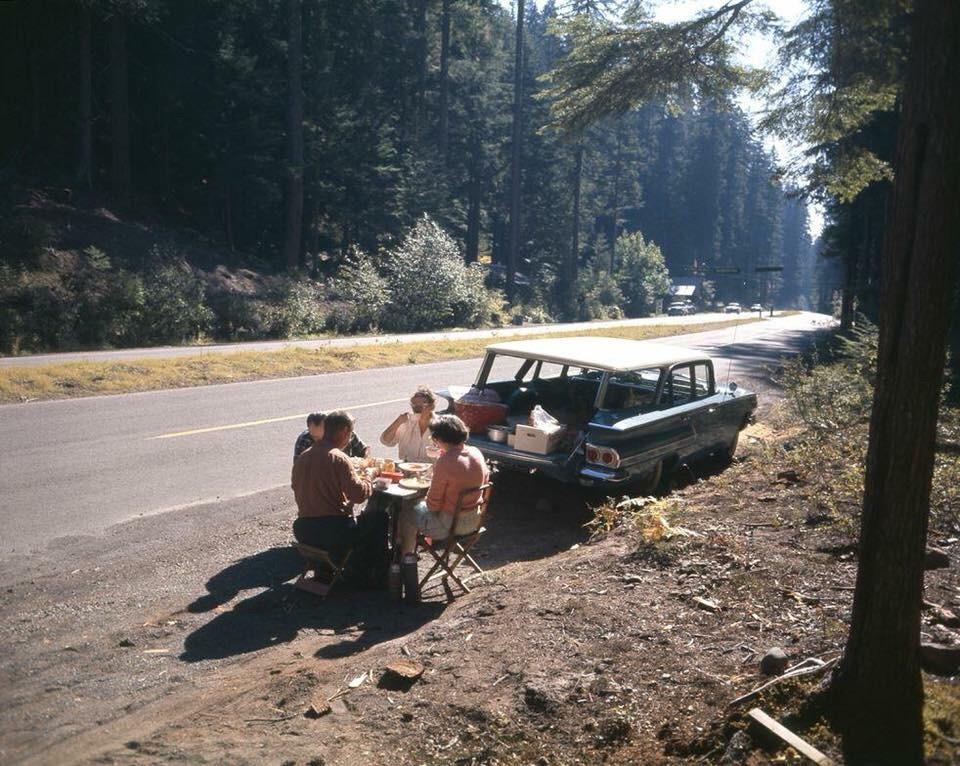
Diet Sodas and Artificial Sweeteners.
- 1970s: Diet sodas and artificial sweeteners were only starting to become popular, and most people avoided excessive artificial ingredients.
- Today: Artificial sweeteners and diet sodas are now widely used. While they contain fewer calories, studies suggest they can alter gut bacteria, increase sugar cravings, and may even lead to weight gain in some people by confusing the body’s hunger signals.
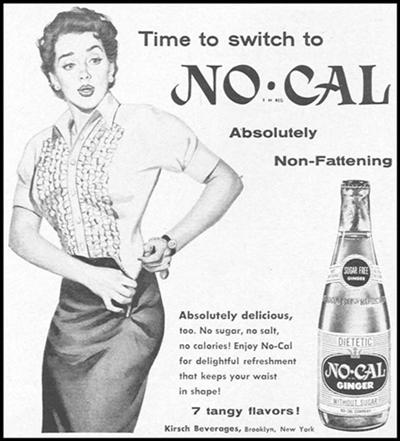
The Decline of Physical Activity.
- 1970s: People were generally more active, walking more and spending less time in front of screens.
- Today: Sedentary lifestyles have become the norm. Jobs are more desk-bound, and screen time (TV, computers, smartphones) has led to less physical movement, making it easier to gain weight and harder to burn off excess calories.


Government Subsidies and the Low-Cost Junk Food Boom.
- 1970s: Food subsidies were mostly focused on traditional farming, with less emphasis on high-calorie, low-nutrition food ingredients.
- Today: Government subsidies have promoted the overproduction of corn and soy, leading to cheaper processed foods and high-fructose corn syrup. These subsidies have unintentionally supported the growth of unhealthy food options that are inexpensive but nutrient-poor.


Conclusion: The Food Industry’s Lasting Impact on Our Health.
The modern food landscape has evolved dramatically since the 1970s, with the food industry prioritizing convenience, taste, and profits over health. As a result, processed foods loaded with sugar, unhealthy fats, and artificial ingredients dominate the average diet. Meanwhile, increased portion sizes and aggressive marketing strategies have created an environment where unhealthy eating habits are the norm.
Reclaiming health and returning to simpler dietary principles—focusing on whole, unprocessed foods, reducing sugar intake, and prioritizing home-cooked meals—may be the way forward. While it’s challenging to turn back the clock to the 1970s, understanding how the food industry has shaped our health can help guide us toward better choices today.
This change requires not just individual willpower but also a push for greater transparency and responsibility within the food industry, empowering people to make healthier choices for themselves and future generations.
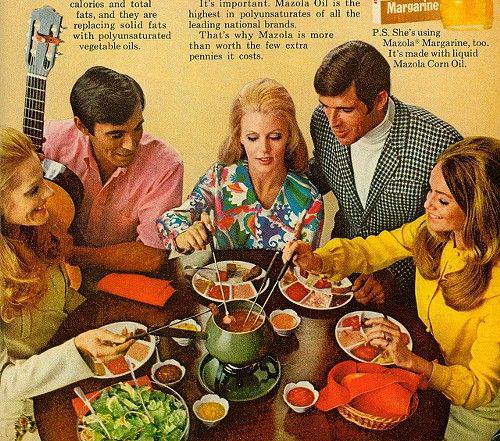
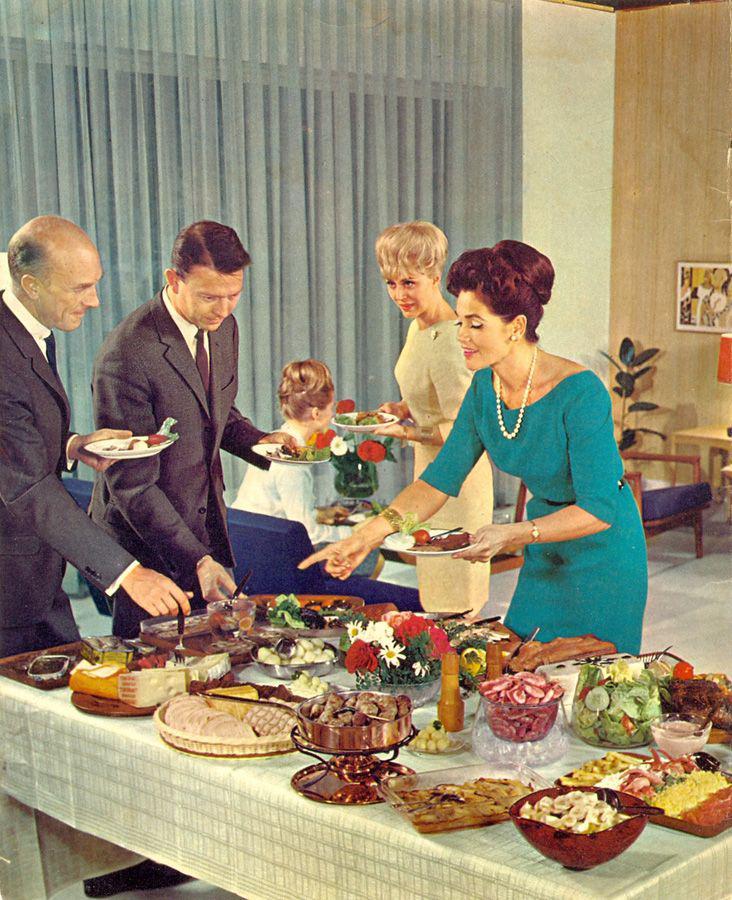
image credit pinterest.com
you may also like it :
What Was Beach Culture, Fashion, and the Vacation Lifestyle Like in Rio de Janeiro During the 1980s?
Why Was the Year of 1970 So Different?
The 60s, 60s,70s, and 80s, having no tattoos was considered the healthiest and most beautiful look?

